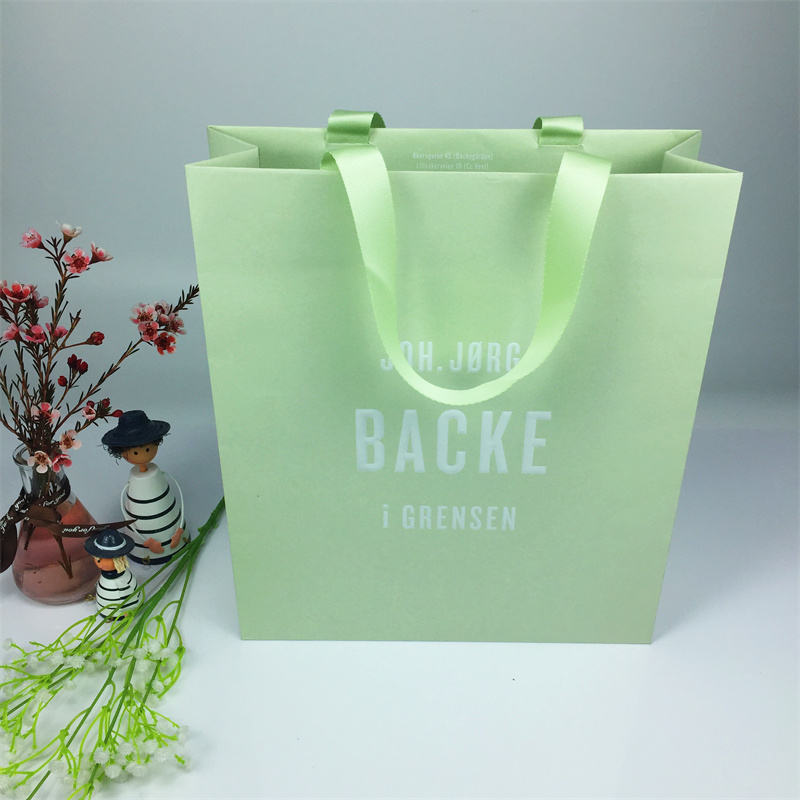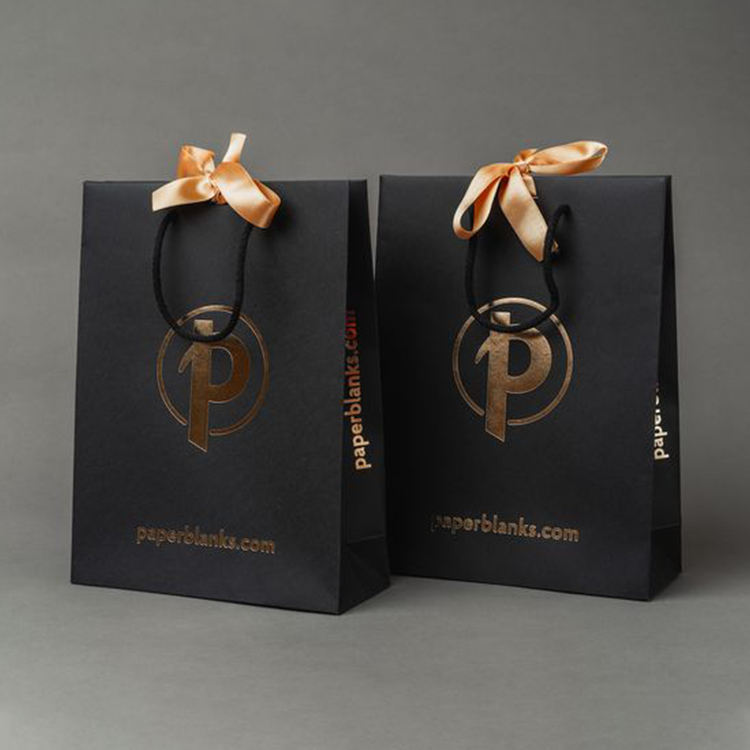Kraft paper bags have an interesting origin story that dates back to the late 1800s. In 1883, a chemist named Carl F. Dahl invented a process for pulping wood chips into a strong, durable paper. The paper was made by boiling wood chips with a mixture of caustic soda and sodium sulfide, which dissolved the lignin in the wood and separated the cellulose fibers.
The resulting pulp was then washed, bleached, and pressed into sheets of paper. This process became known as the kraft process, named after the German word for strength. The kraft paper that was produced was strong, durable, and had a high tear resistance, making it ideal for use in packaging.
Kraft paper bags were first produced in the early 1900s, and quickly gained popularity as a cost-effective and practical packaging option. They were used to package a wide range of products, including food, clothing, and other consumer goods.
Over time, kraft paper bags evolved to become a more customizable packaging option, with businesses adding their branding and logos to the bags to create a more personalized experience for customers.
Today, kraft paper bags are still widely used in the packaging industry and are known for their eco-friendliness, versatility, and durability. They continue to be a popular choice for businesses of all sizes, from small boutiques to large retailers, as they provide a reliable and cost-effective packaging option that can be customized to suit any brand or product.


